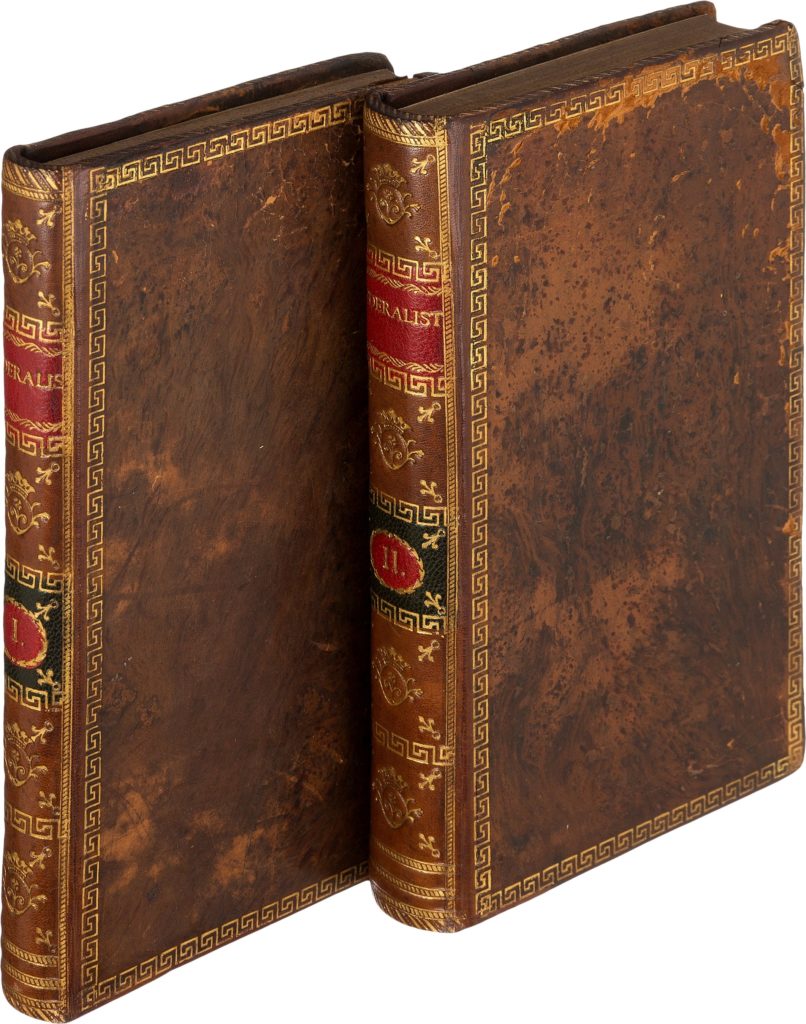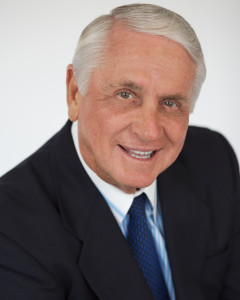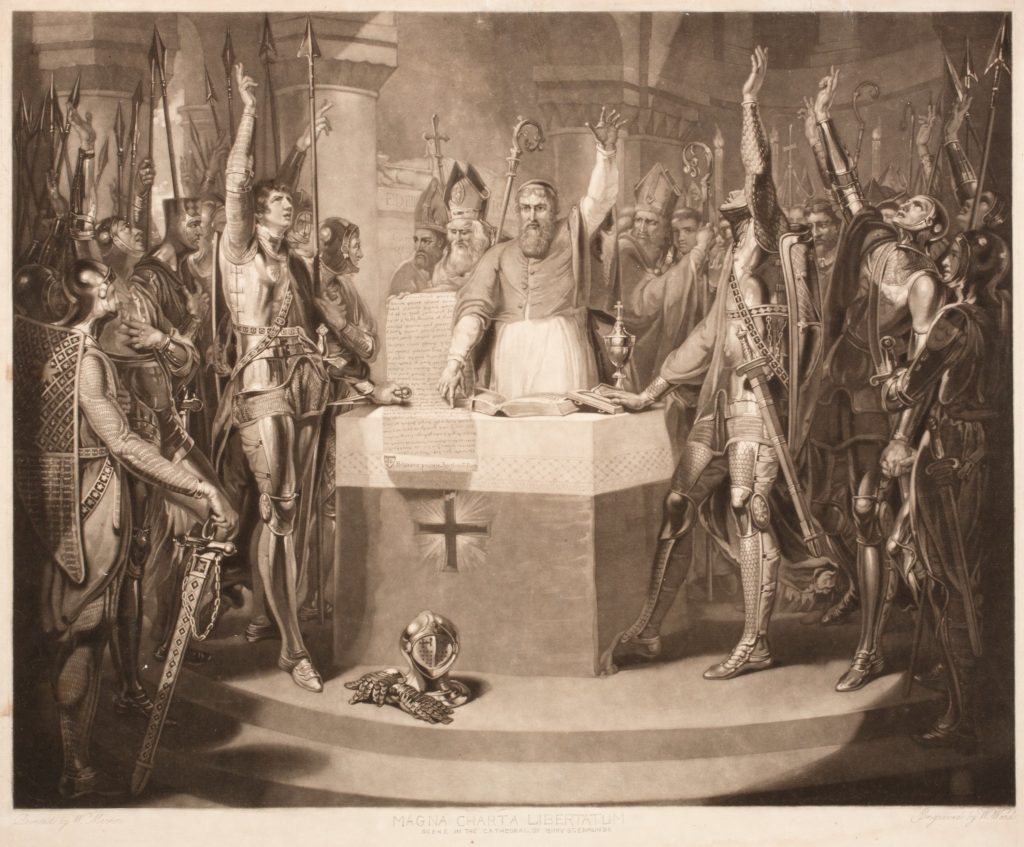
By Jim O’Neal
In 1776, while Thomas Jefferson was putting the finishing touches on the Declaration of Independence, a committee headed by John Dickerson began meeting to draft the Articles of Confederation, a document designed to specify how this new government would work. Due to lots of internal debates (and the Revolutionary War), the Articles were not ratified until 1781, two years before the war ended.
Then a formal constitutional convention met in Independence Hall in May 1787. They abandoned the Articles and wrote a new document, “The Constitution of the United States of America.” Fifty-five delegates attended, but Vermont was not part of the Union and Rhode Island was absent since it was anti-federal, anti-union and didn’t bother to send a delegation to Philadelphia. Ten amendments were then ratified on Dec. 15, 1791, and we call them the Bill of Rights.
James Madison, “The Father of the Constitution,” played a crucial role at each stage in the entire process … calling the convention, framing the Constitution and carefully deciding how the Bill of Rights would work in a practical sense. To an extraordinary degree, we rely on Madison for our basic insight into the original theories and the ambitions of the Constitution, per se.
Madison had come to the convention totally prepared to control the agenda in a very characteristic way – carefully and deeply. He had studied the fundamental problems of the Articles, the state constitutions and the lessons of history, including his personal experience in the Continental Congress and in Virginia.
The Declaration of Independence and the Constitution combine to address mankind’s most basic political questions and the principles of organization for a government. Thus, they were meant to serve not simply the 18th century, but succeeding generations, whatever their circumstances or the state of their social progress. Because the principles the Founders articulated transcend both time and technology, they will serve us well through the 21st century, but only if we understand them correctly and apply them consistently.
Government officials must respect their oaths to uphold the Constitution and we the people must be vigilant in seeing that they do. The Constitution will live only if it is alive in the hearts and minds of the American people. That perhaps is the most enduring lesson of our experiment in ordered liberty.
It doesn’t seem like too much to expect.
 Intelligent Collector blogger JIM O’NEAL is an avid collector and history buff. He is President and CEO of Frito-Lay International [retired] and earlier served as Chairman and CEO of PepsiCo Restaurants International [KFC Pizza Hut and Taco Bell].
Intelligent Collector blogger JIM O’NEAL is an avid collector and history buff. He is President and CEO of Frito-Lay International [retired] and earlier served as Chairman and CEO of PepsiCo Restaurants International [KFC Pizza Hut and Taco Bell].

